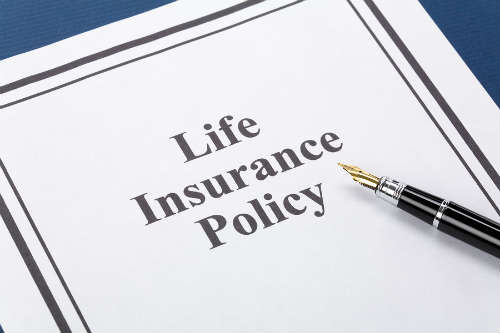How Insurance Plans Change as You Age
Life Insurance serves a variety of needs depending on your age. Although you may purchase any type of coverage at virtually any age, the objective of this protection will change as you age.
At birth, some parents or grandparents will purchase a small whole life policy with a small face amount. This policy falls into the category of a gift rather that protection. The thinking behind this purchase is giving the child an introduction to finance, even at this early age. The hope behind this purchase is to give something to the child that can have cash value to be used for college or some other financial outlay as milestones occur. Because the cost of insurance is so low at early ages, most premium dollars go to cash value.
Life Insurance usually doesn’t enter the mind of most people until they are married or engaged. At this point the objective is protection for the spouse and potential children. For most insureds at this stage in their life, the need is for as much coverage as possible at a reasonable cost. The good news is that younger insureds are usually healthy and of course, premiums are very low in comparison to later in life.
In the above example a term insurance policy makes the most sense because of its’ relatively low cost compared to any type of permanent coverage. Within the category of term insurance, there are several important features to ask about before buying a policy based on price alone. If possible, buy a policy with a 30 -year level premium if affordable and one that can be converted into any permanent product that is offered by the carrier. This will ensure that you have quality products available if you need them.
Remember that conversions from a term to permanent policies are done without evidence of insurability. You will receive the same health rating you originally had when the term policy was issued. This can be of tremendous value if you have had any significant medical issue while the term policy is in effect and you are still eligible to convert your policy. Conversions must take place while the term is in force and you are below the maximum conversion age which is usually between 65 and 75 years old.
Middle age presents another set of issues for life insurance applicants. In most cases the amount of coverage can be decreased as the financial obligations of parenthood change. You will find there is a very significant increase in premium cost between a 25-year-old and a 55-year old at the same health rating.
A typical applicant in their 50’s should examine both term and permanent policies regarding cost and in the case of term, what the convertibility options are for the carrier you select.
Age and health are the two most important determining factors when applying for coverage. You will do yourself a disservice by trying to apply without the experience of a good independent insurance agent. There can be significant differences between policy pricing and how each carrier views the identical health issue. An agent may also suggest that more than one policy may meet your objective at a lower cost.
For example, you may find that a term policy at age 55 with a guaranteed level period of 20 years may be sufficient to take care of most needs. At the same time a smaller permanent policy that will stay in force for your lifetime can help with final expenses and other costs.
Smaller permanent policies below $50,000 can generally be purchased up to age 85 with some carriers offering coverage at 89 depending upon state of residence and heath history. Obviously, the younger the applicant, the lower the annual cost.
When you speak with an agent about life insurance, be truthful and complete in your answers to health and lifestyle questions. If you have any concerns, this is the time discuss them. In this way the agent will be able to guide you to the lowest cost and best value for you and your family.



